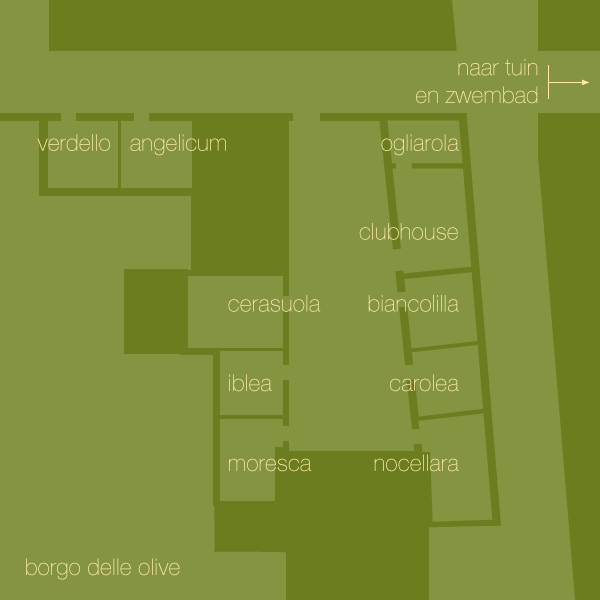Visiting Palermo, part 1
The opinions about Palermo, the capital of Sicily and the fourth city of Italy, vary quite a bit: many people think that this Sicilian port city is fantastic, while others think Palermo is nothing special. Our experience is that in many cases those in the second group have visited the city unprepared, so they didn’t know which places of interest to visit or where those are located. It’s very easy to miss the beautiful sights in Palermo, often because the signposting is not optimal, but also because various places of interest are located (just) outside the center or the main/famous streets. Palermo is a big city, so you’ll need at least 4 days to visit all sights. If you’re visiting Palermo in one day, you will have to make choices. The goal of this blog post and the three other parts that will follow is to help you decide what you’d like to see in this beautiful city.
You’ve probably already concluded that we belong to the group that thinks Palermo is fantastic. We could write a whole book about this wonderfully chaotic but atmospheric city. On this page we start our photo tour through Palermo. Enjoy!
Palermo was once also the capital of the Norman kingdom, but experienced its peak in the period before, during the Arab rule. In addition to Norman and Arabian buildings, you’ll also find various baroque gems in Palermo, a wonderful blend of architectural styles and periods!
The Palazzo reale (or Palazzo dei Normanni), the royal palace, was built by the Arabs and a century later, in the 12th century, rebuilt by the Normans, when Roger II went to live there.
There is a beautiful chapel from the Norman period in the palace, the Cappella Palatina. It took eight years to build the royal chapel and the result is impressive:
The San Giovanni degli Eremiti church is located near the royal palace. This church was made by Arab and Norman artisans on behalf of Roger II. The church is special because of the square shape and the red domes, both clear Arabic characteristics. The church also has a garden in which you will find the remains of a monastery.
If you walk back to the Palazzo dei Normanni and walk around it, keeping the palace on your right, you will arrive at the Porta Nuova, built in 1535.
When you walk through the gate, you will see the Villa Bonanno garden on the right-hand side and a fountain in honor of Philip V, the Teatro Marmoreo.
Follow the Corso Vittorio Emanuele along the park and after a few hundred meters on your left you will see the impressive cathedral of Palermo. The cattedrale was built at the end of the 12th century, but has since been rebuilt and expanded several times, creating an interesting mix of various architectural styles.
The interior of the Cathedral of Palermo is not as impressive as that of the Cathedral of Monreale and looks, certainly in comparison with the splendor of the duomo in Monreale, fairly austere.
There are various sarcophagi from different periods in the basement of the cathedral. The oldest sarcophagus is a simple rectangular box, but the ones of a later period are elaborate sculptures…
In addition to these sarcophagi, the cathedral also houses the sarcophagi of the kings of Sicily, Roger II and Federico II. These are located in a separate chapel (when you enter the cathedral, on the left).
We’ll continue our tour through the beautiful city of Palermo in part 2. In the meantime, check out our holiday accommodations!
Arrivederci in Sicilia!



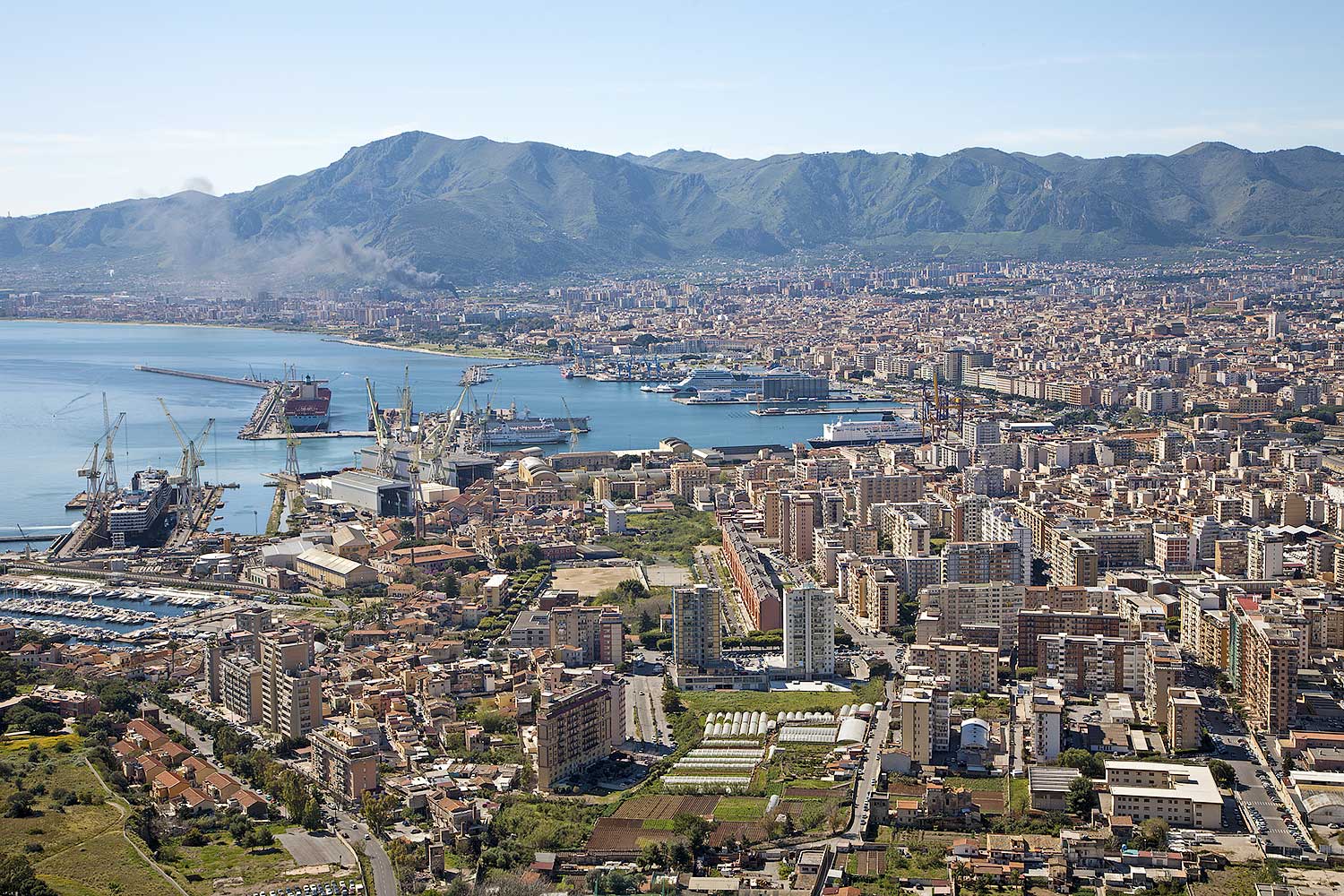
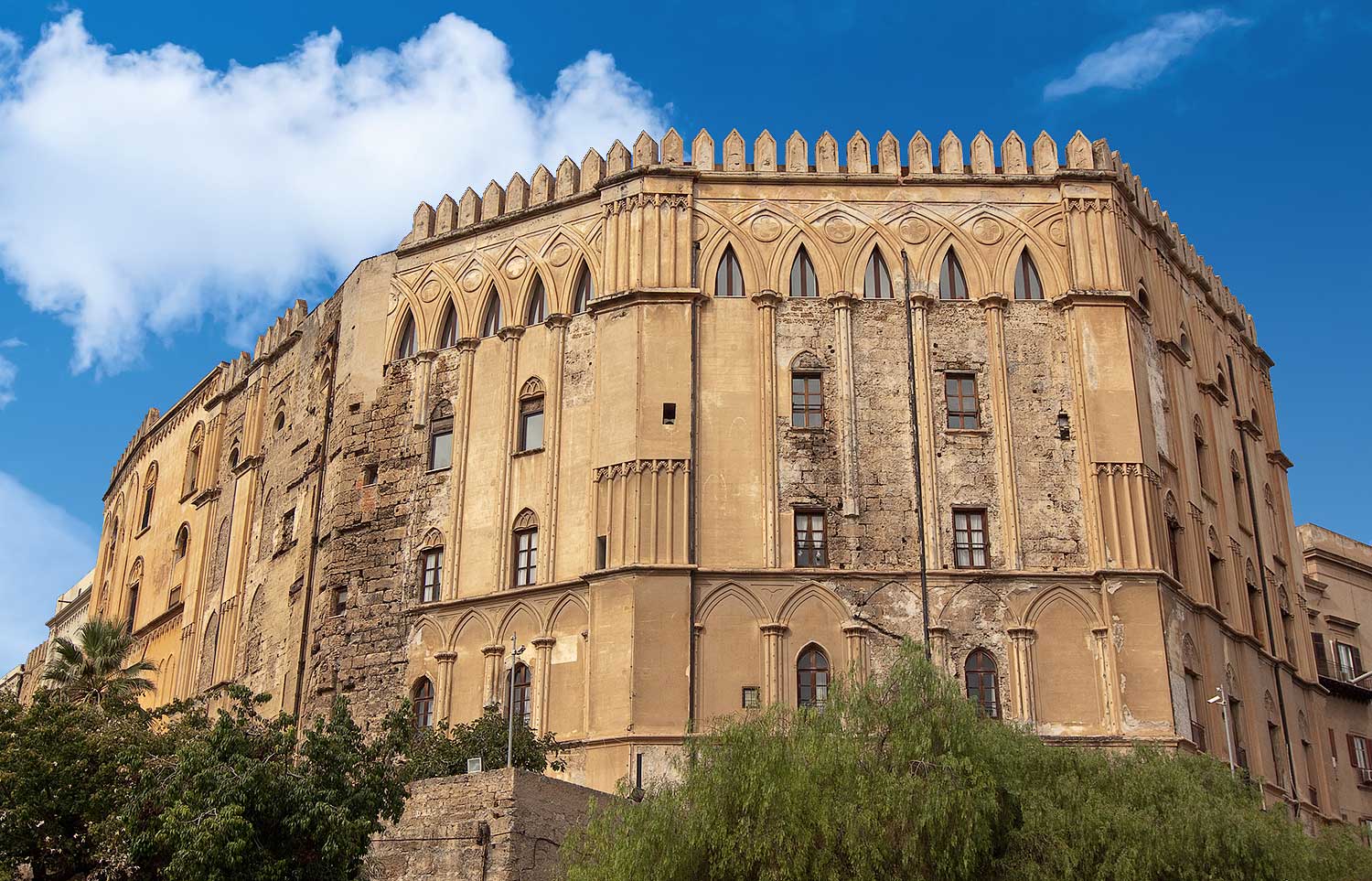
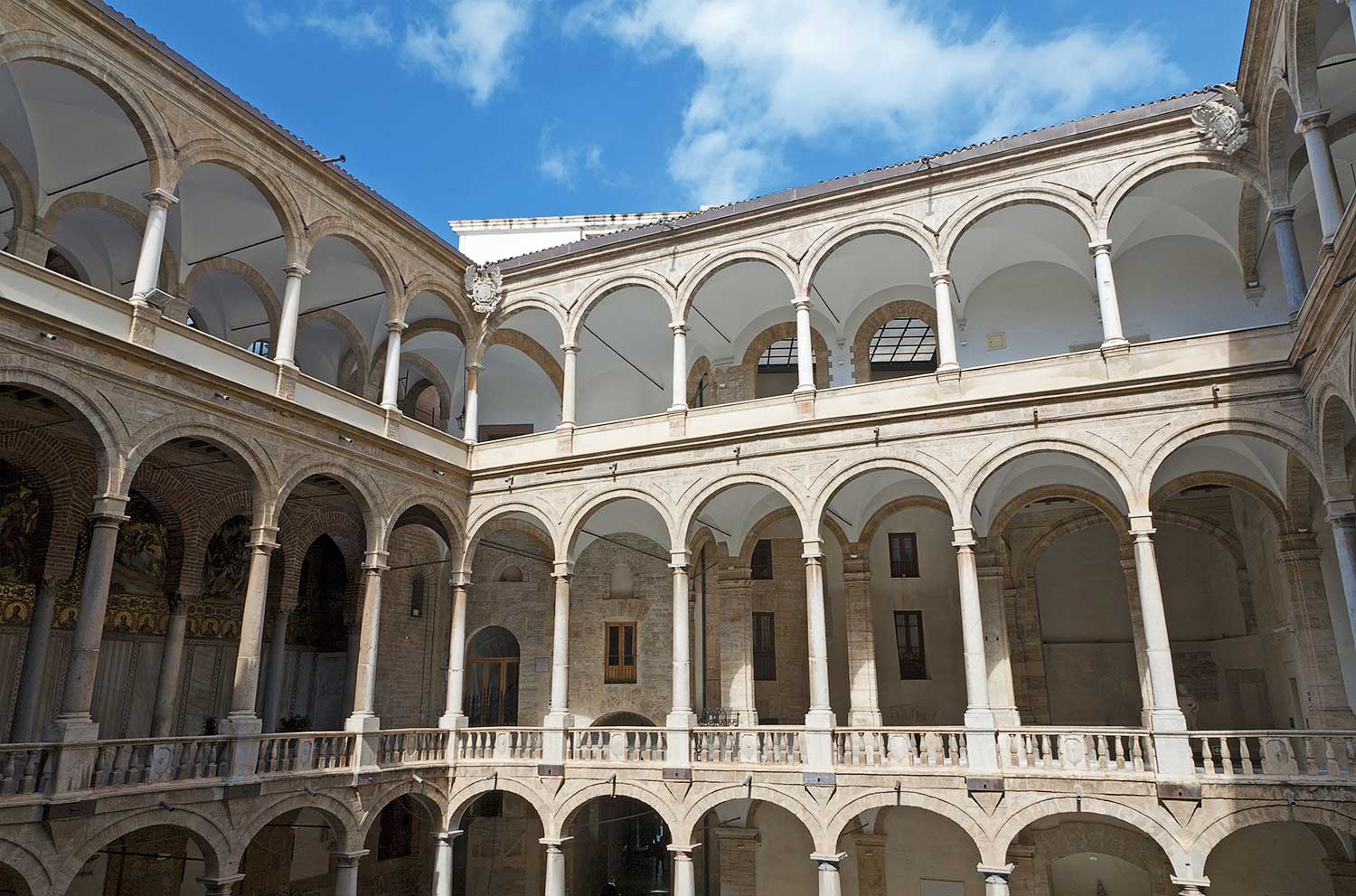


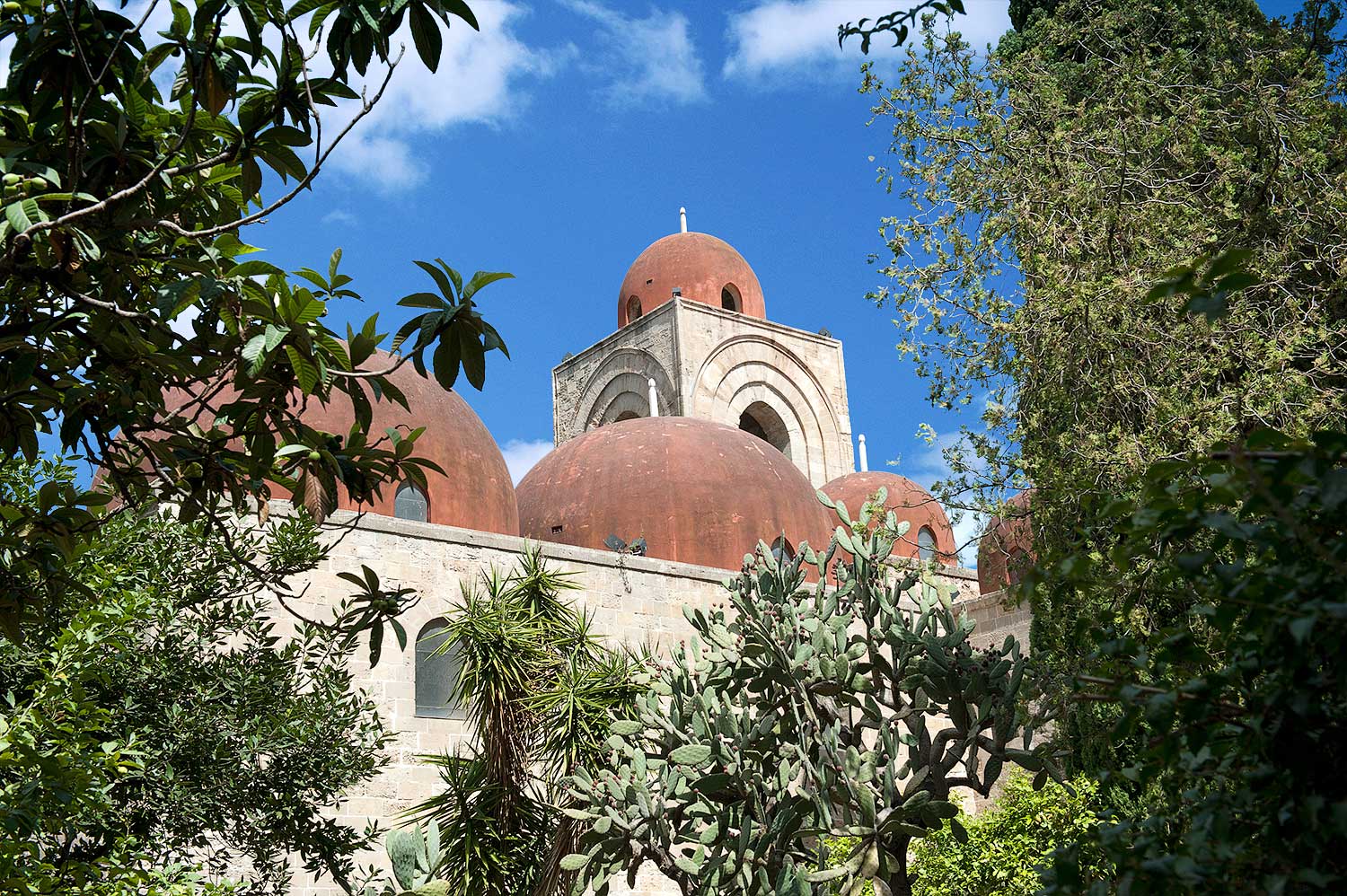

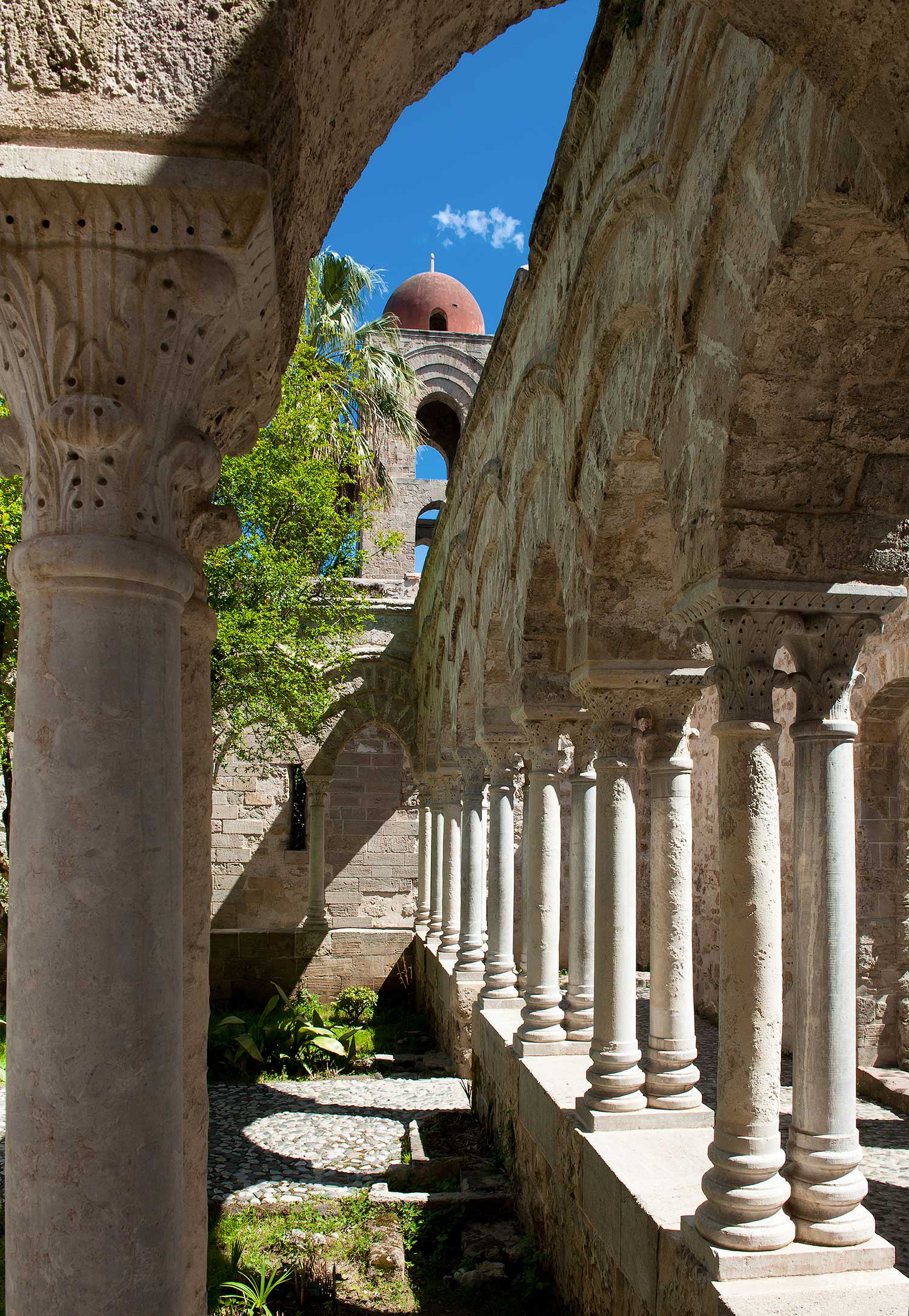
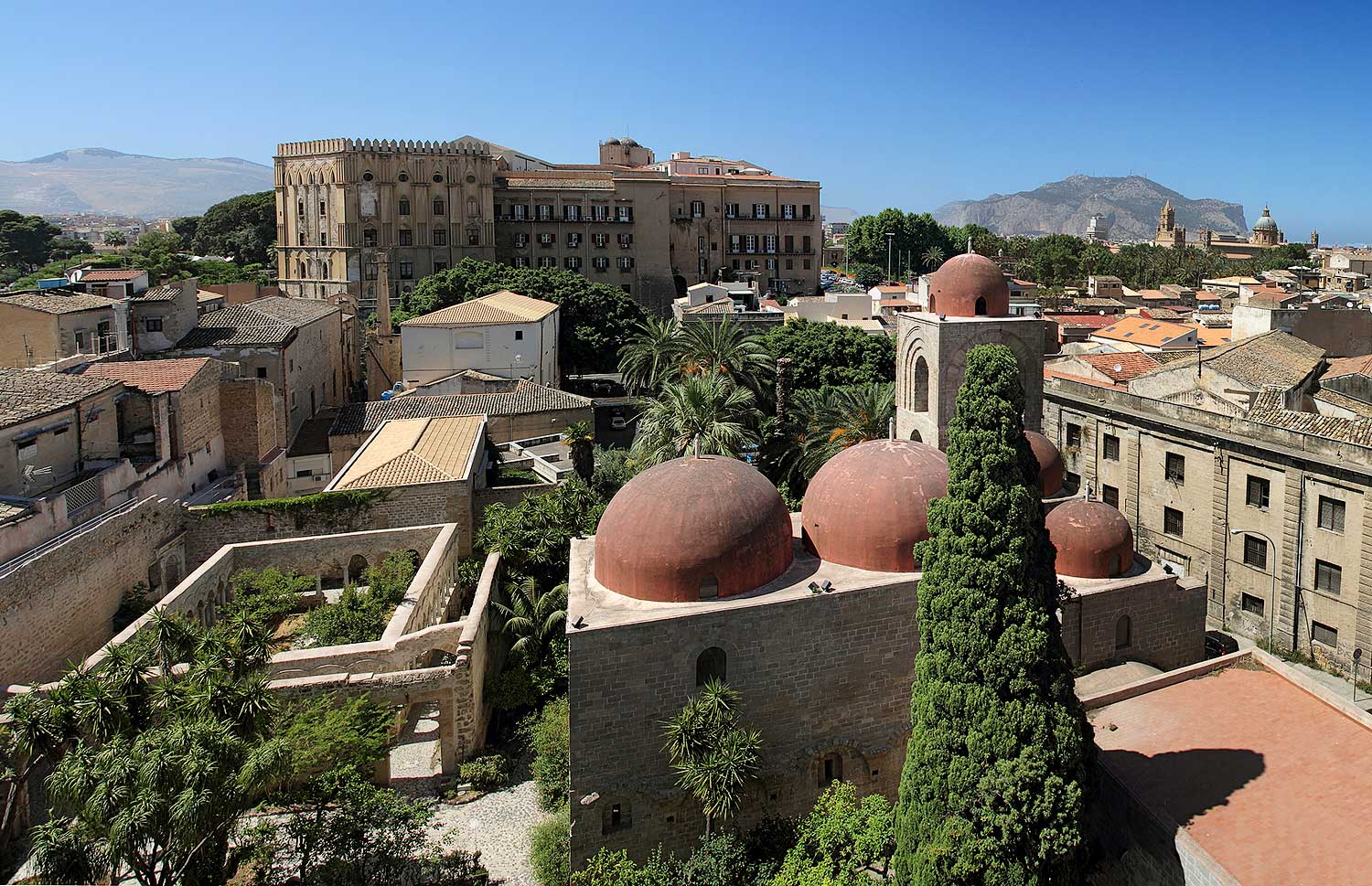

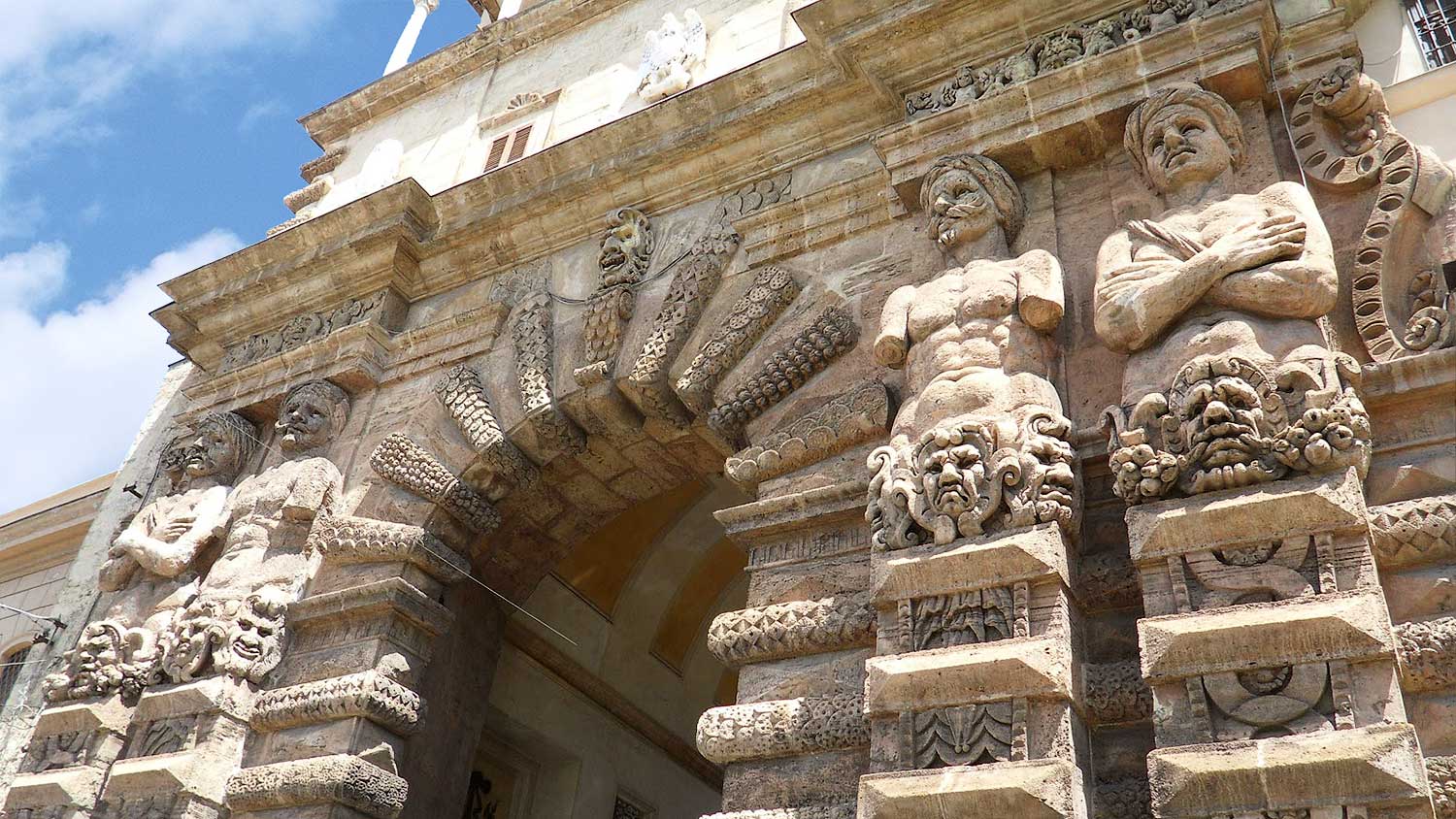
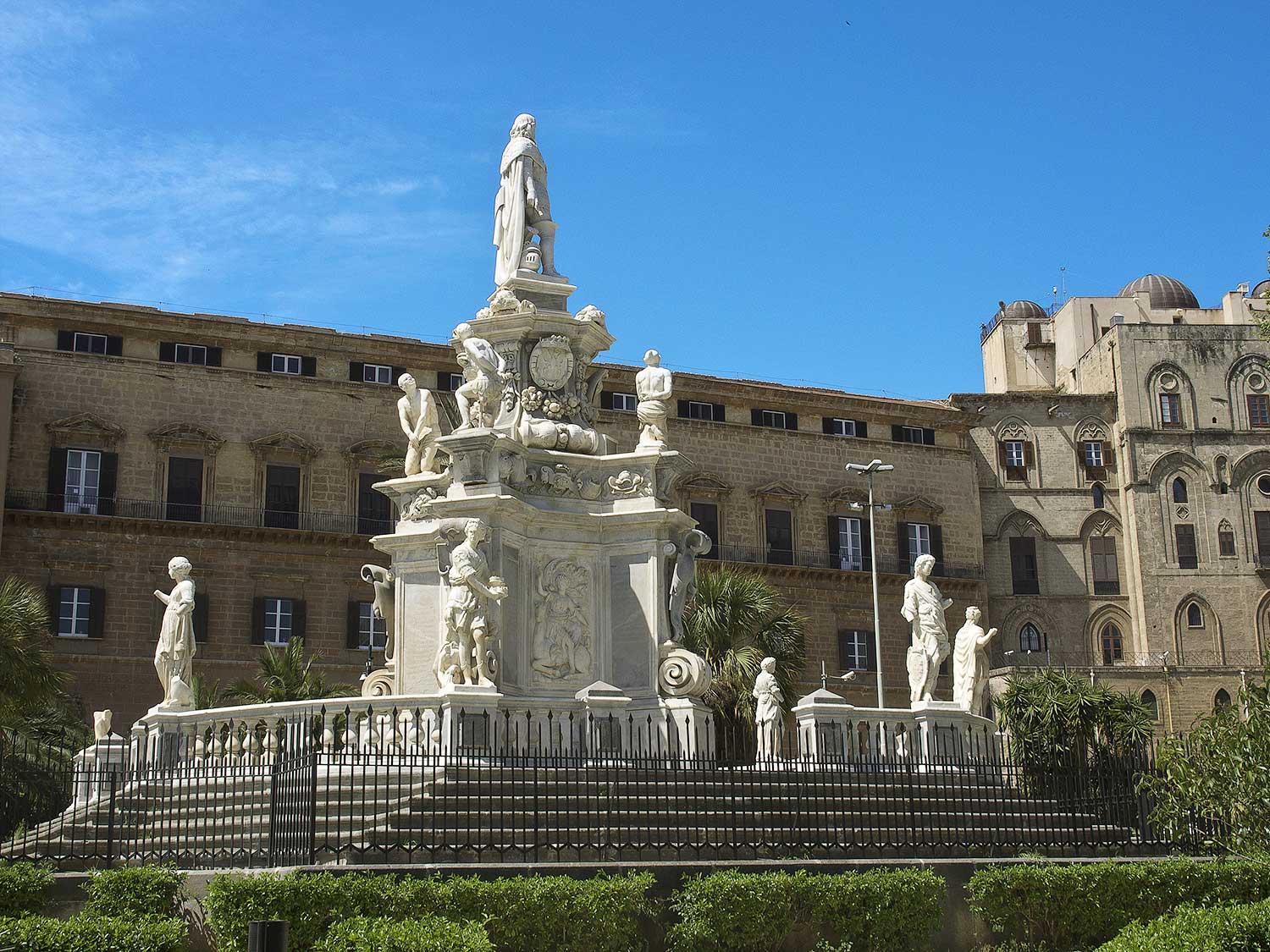

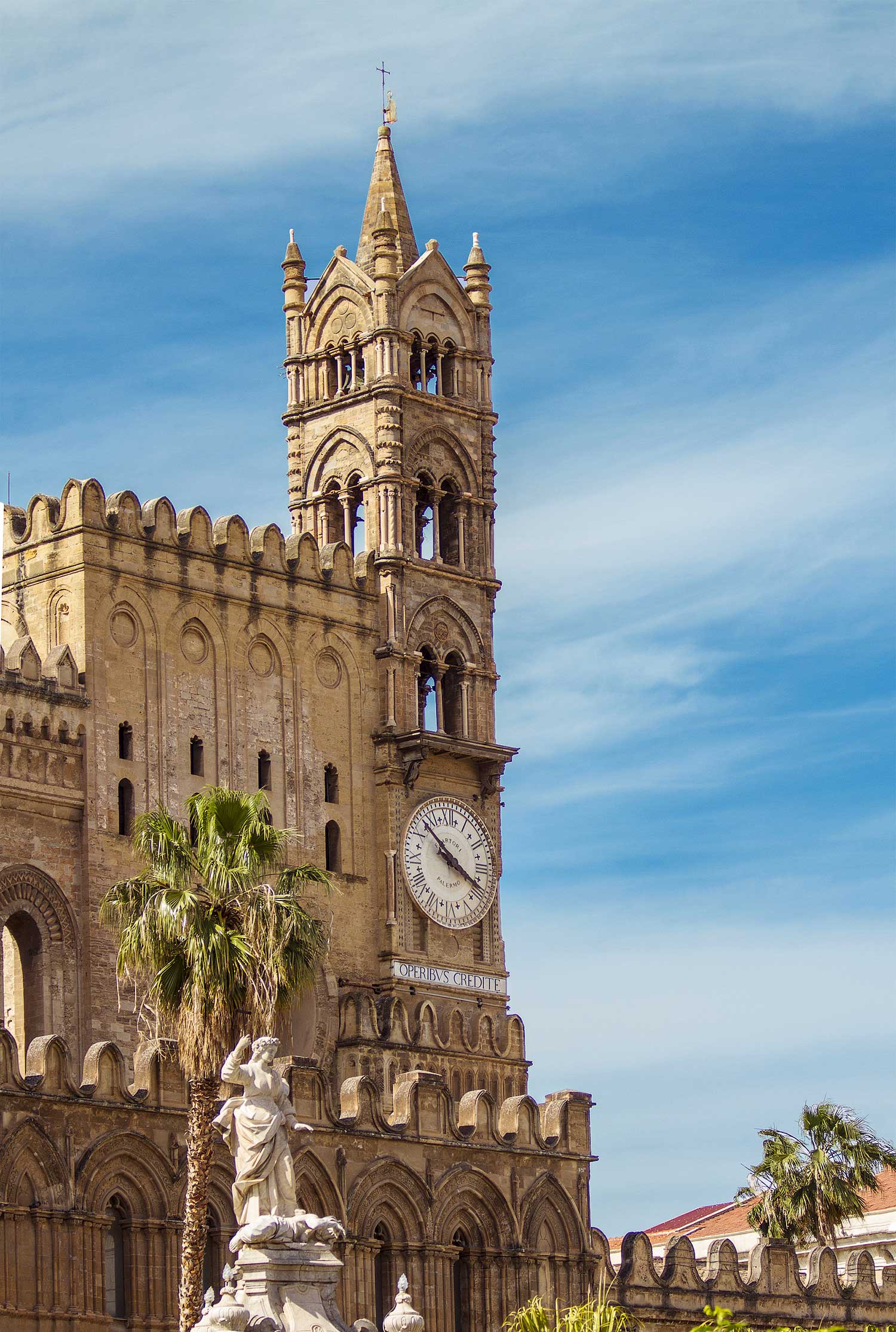

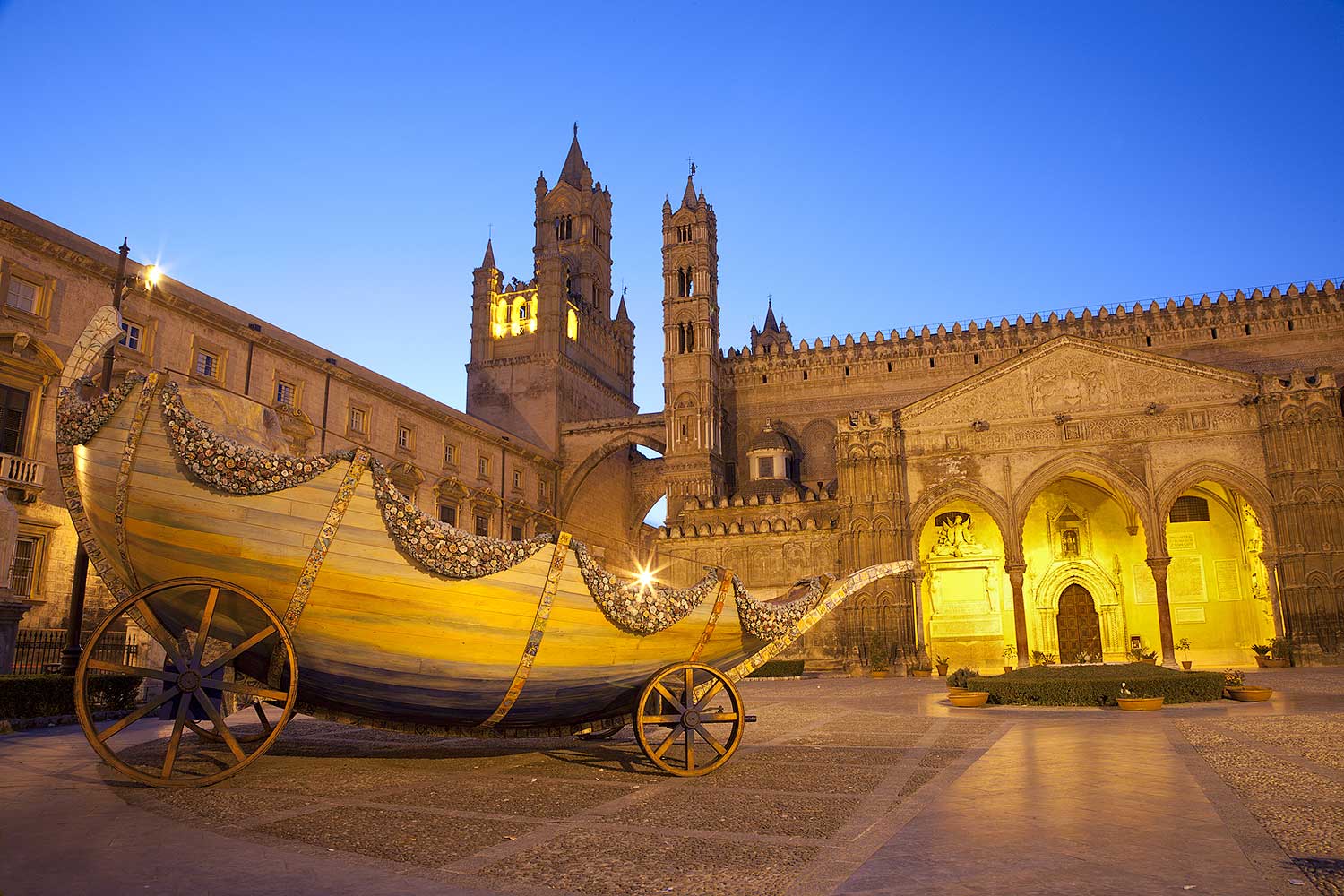
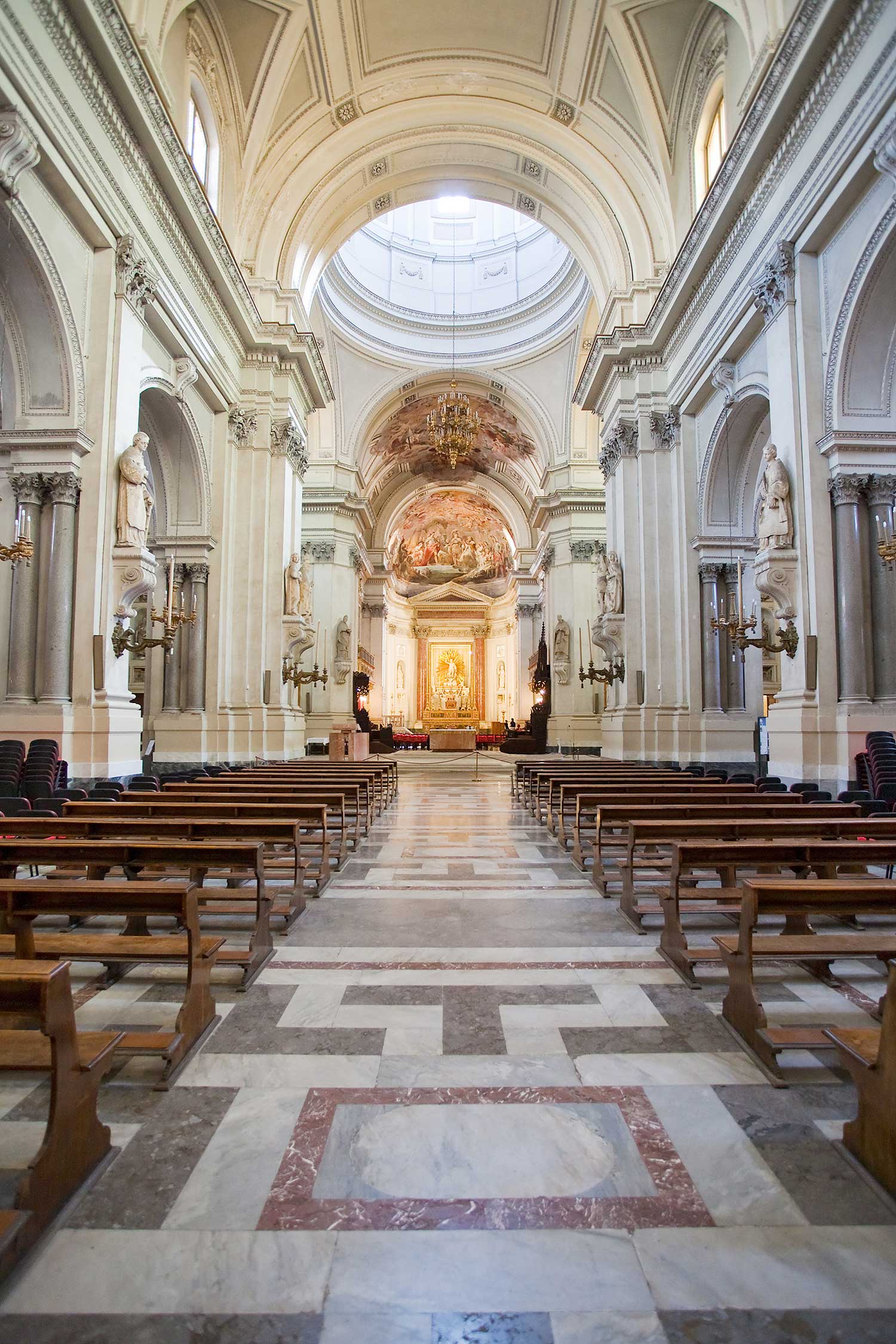


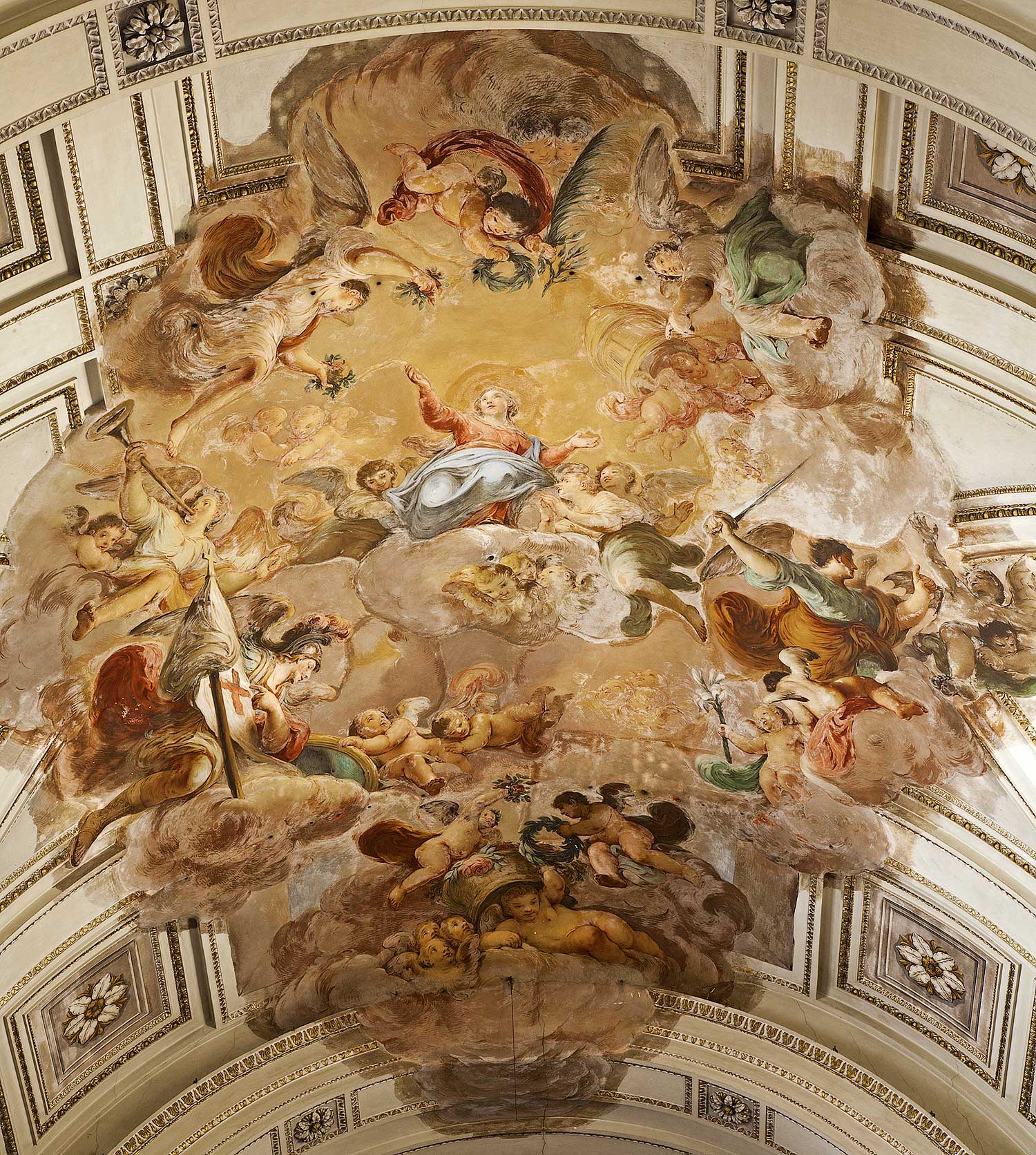

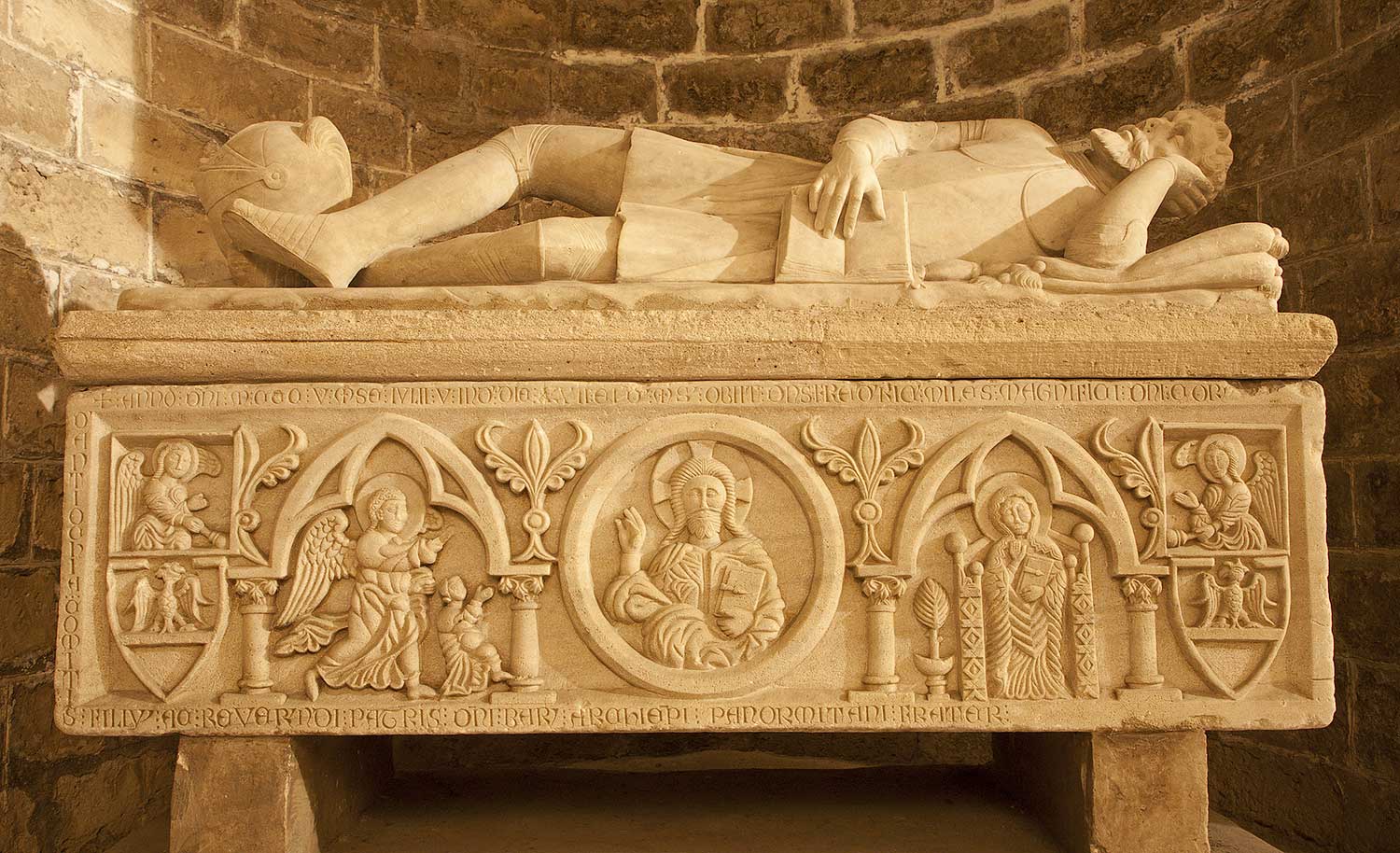

 Welcome to our blog!
Our website is already packed with information about sunny Sicily, but we still have more tips, information and photos, which you will find on this blog.
Feel free to contact us if you'd like to have your holiday on our beautiful island or directly check out our apartments, villas and holiday homes on our
Welcome to our blog!
Our website is already packed with information about sunny Sicily, but we still have more tips, information and photos, which you will find on this blog.
Feel free to contact us if you'd like to have your holiday on our beautiful island or directly check out our apartments, villas and holiday homes on our 
